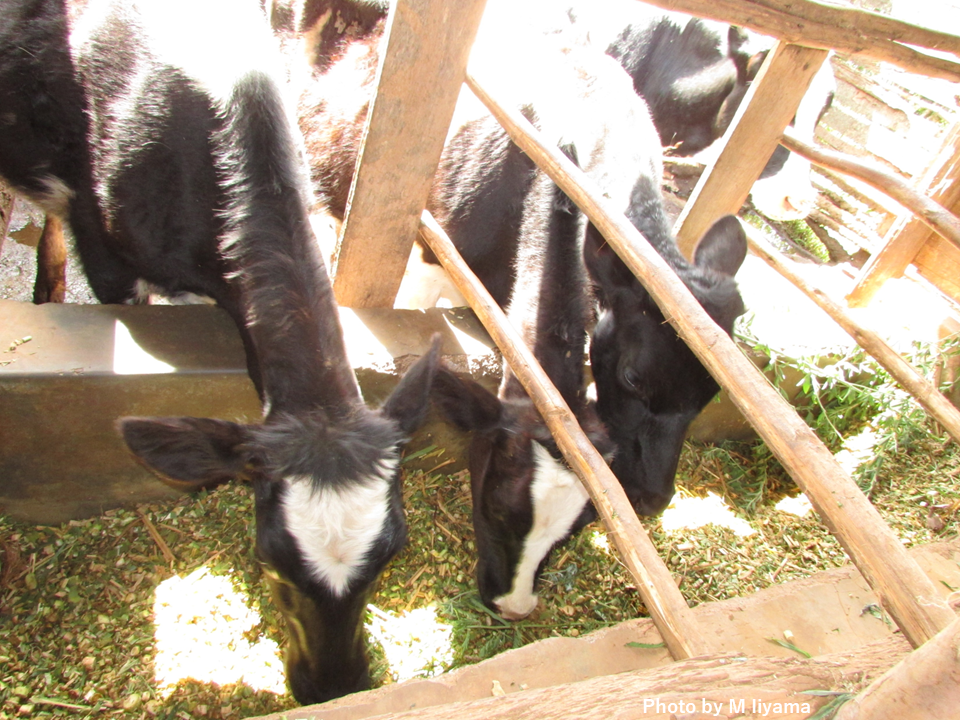Pick Up
753. Solutions to Meet Feed Demand

753. Solutions to Meet Feed Demand
The World Wildlife Fund for Nature (WWF), an international NGO, has published a white paper, Solutions to Meet the Need for Feed, which outlines four solutions to meet the growing demand for livestock feed. According to the report, the production and consumption of animal products and their feed is increasing in the modern food system. Global meat production has quadrupled in the last 50 years, and there is a growing need to monitor trends in livestock and feed production and consumption for their impact on the food system. Animal-based food production contributes to 11% of global greenhouse gas emissions, 12% of global freshwater consumption and 65% of global land use change between 1961 and 2011.
Feed production is considered to be a particularly large source of greenhouse gas emissions due to the energy use of inputs in the following processes.
① Energy use in inputs, production and processing
② Nitrogen inputs
③ Land use change due to expansion of cultivated land
Based on the above, the four solutions proposed as guide for collective action are as follows:
Responsible sourcing
Responsible sourcing does not involve land use change, thus enabling carbon sequestration through forest conservation and other measures in critical ecosystems, and involves the implementation of environmental impact assessments in feed decision-making.
Regenerative agriculture
Regenerative agriculture in local farmers and production communities can provide a variety of environmental benefits, such as biodiversity, water conservation and improved soil health. They are key in both carbon sequestration and greenhouse gas mitigation because they are linked to the nutrient needs (carbon, nitrogen, phosphorus, and water) of cropping system.
Circular Ingredients
Circular feed ingredients are expected to alleviate pressure on landfills and land for crop production by utilizing already available 'niche', novel and nutritious, and functional in terms of health. Leadership is needed to promote the implementation of an assessment of the impact and scale of economically viable alternative feeds while meeting quality and safety standards for alternative feeds.
Feeding Innovations
Feeding innovations aim to reduce the environmental footprint of livestock production by improving the efficiency and health of animal husbandry, and by developing feeds with low greenhouse gas emissions from compost and fermentation in the digestive tract, and by improving husbandry practices. Innovations in feed formulation, material development, production equipment, and manufacturing processes, as well as the establishment of new business models, will create incentives to elicit changes in production practices.
The report states that the above solutions are expected to strengthen climate resilience, with both companies and countries committing to climate change action.
In pursuing the global goal of limiting temperature increase to 1.5°C, the feed sector is expected to reduce land conversion, increase carbon storage capacity and promote emissions reductions, despite the threat of extreme weather and water scarcity.
Reference
WWF Solutions to Meet the Need for Feed
https://www.worldwildlife.org/publications/solutions-to-meet-the-need-f…
Contributors: Solongo TUMUR and IIYAMA Miyuki (Information Program)
